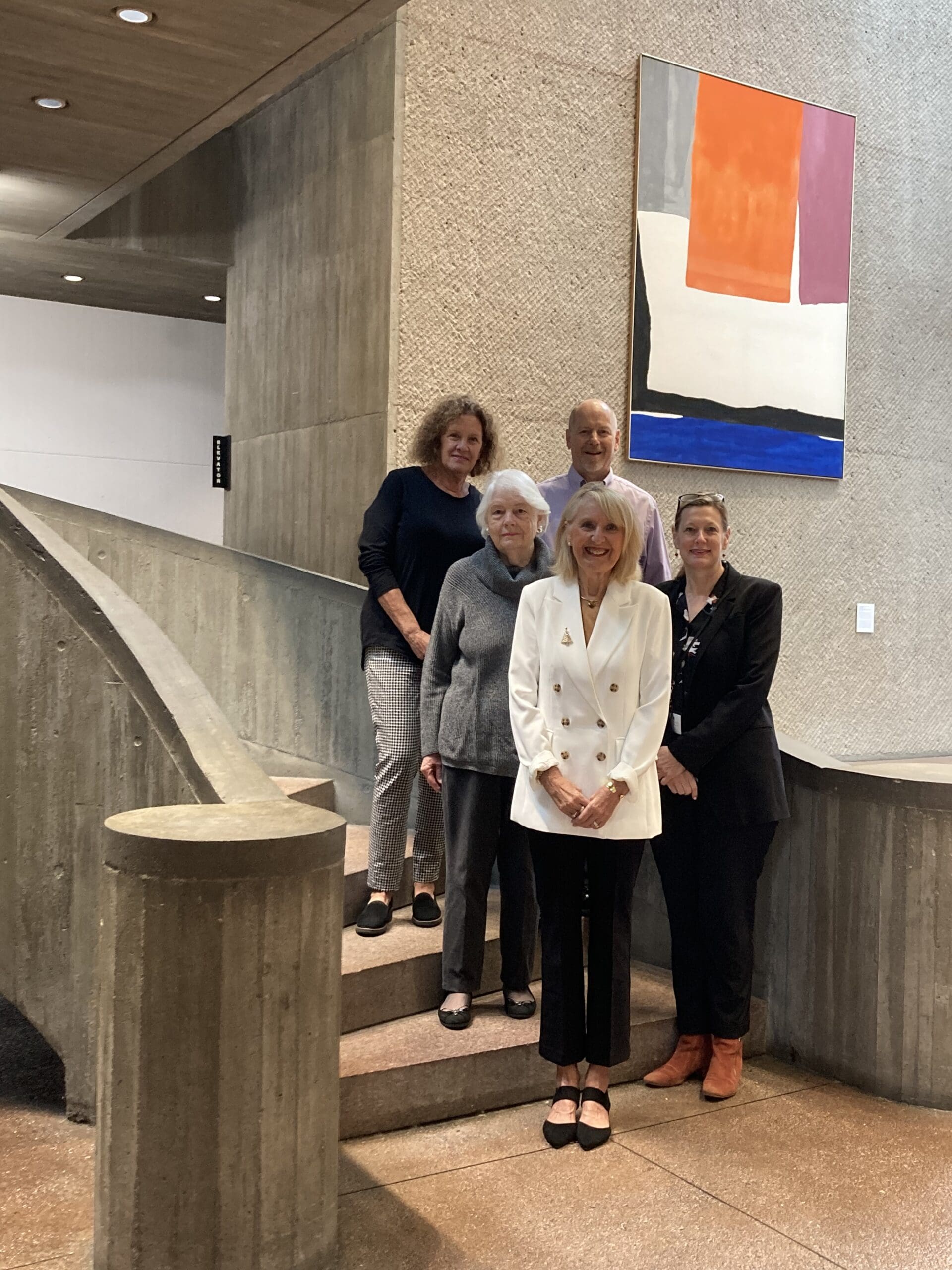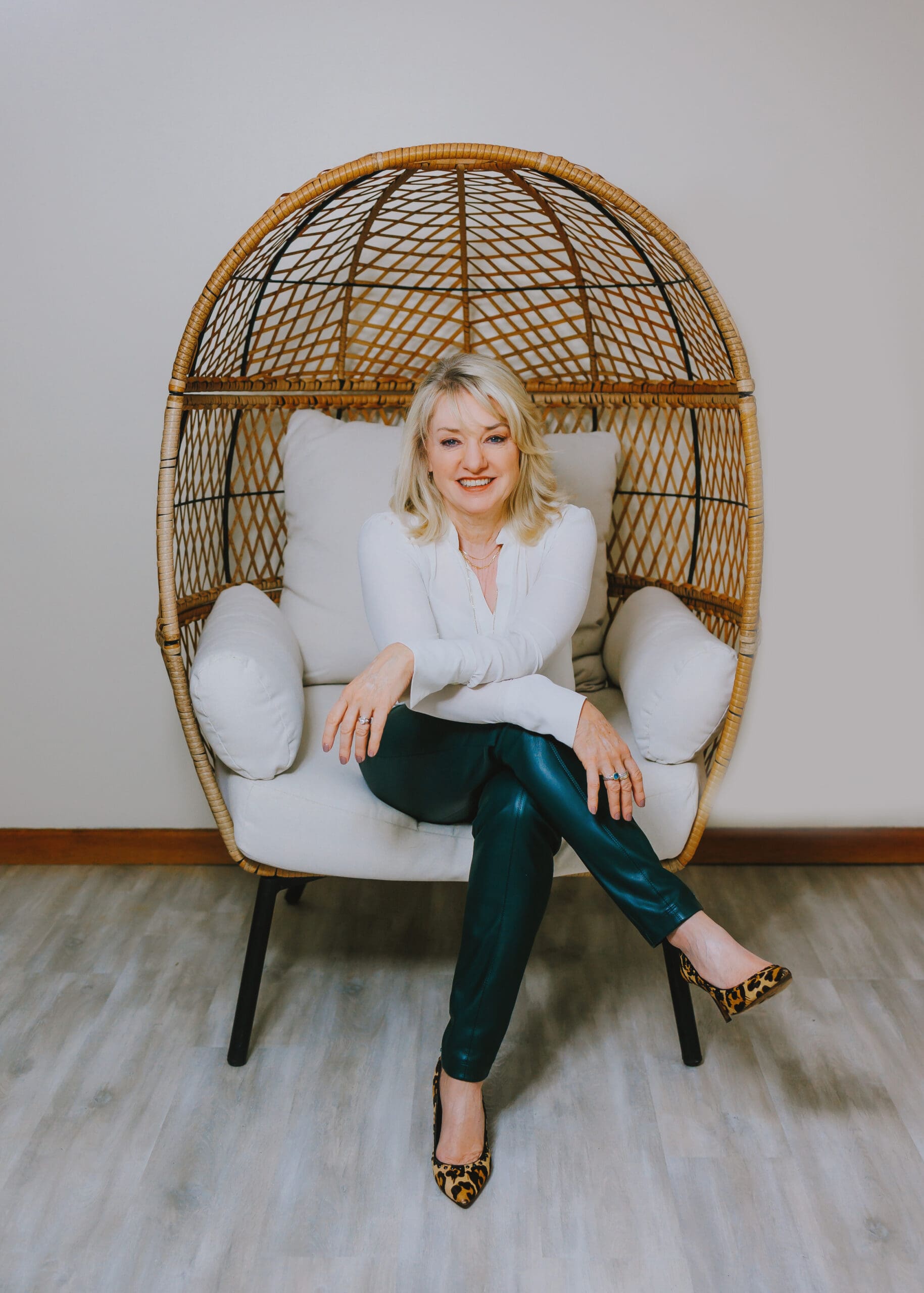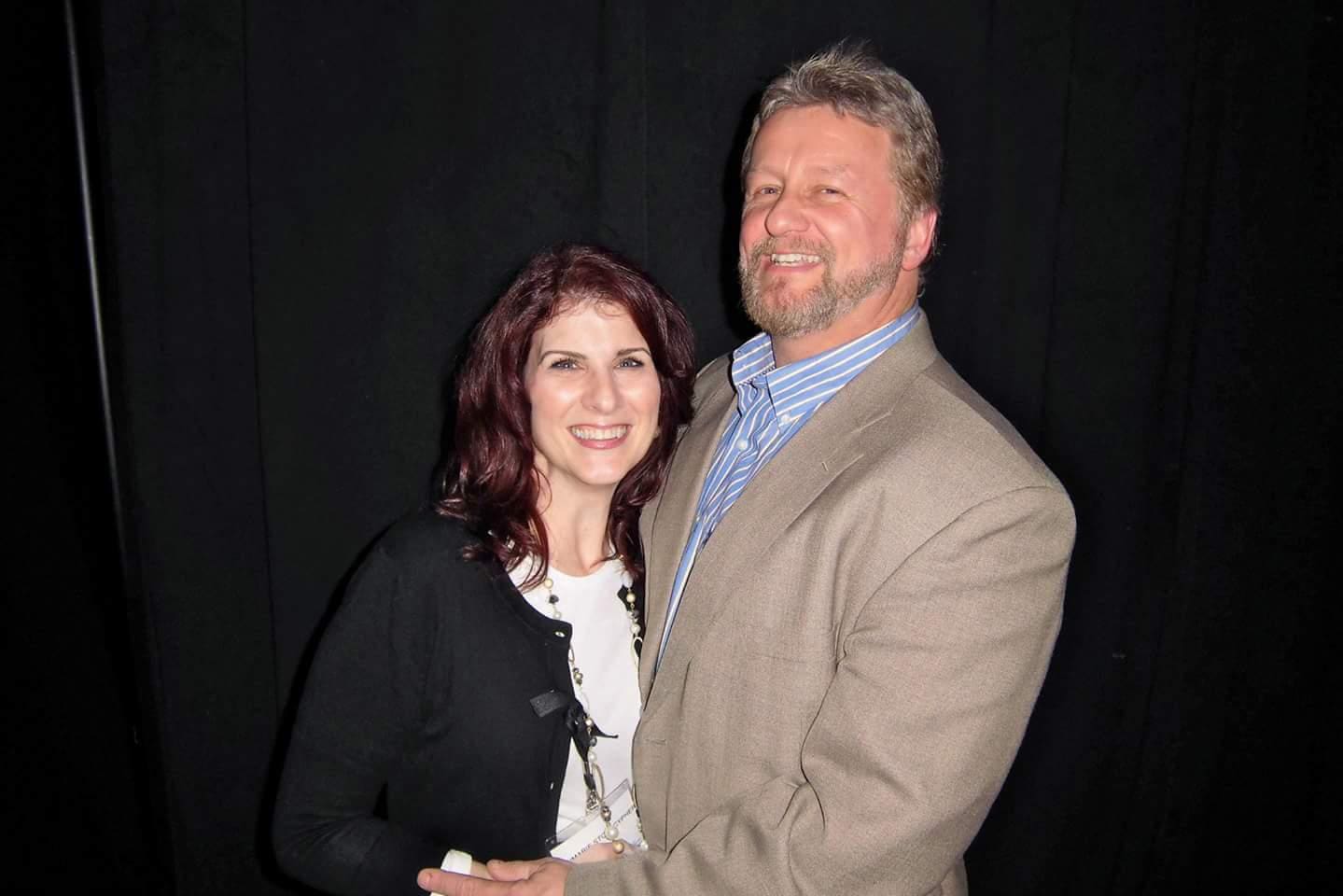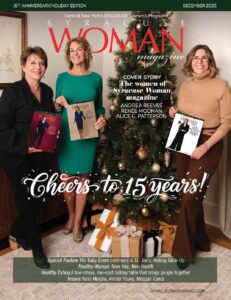By Betsy Bedigian
Organ donation is the ultimate gift. There is no cost, and it can be tremendously powerful. Without the organ donor, there is no story, no hope, no transplant. But when there is an organ donor, life springs from death, sorrow turns to hope, and a terrible loss becomes the ultimate gift.
That fact is not lost on Rea Konowich, manager of Holy Grounds coffee shop at St. Joseph’s Health Hospital. With love and pride in her voice, Rea shares the story of her husband’s last selfless act. In October 2014, Paul was killed when his motorcycle collided with an automobile.
But Rea and Paul’s story begins much earlier. When the couple were young newlyweds, they rented from a man named George. George had received a heart after six years on the waiting list.
“George was an inspiration to Paul and me,” says Rea. “He had more energy than anyone else we knew.”
The impact the organ donation had on George’s life inspired Rea and Paul to register as organ donors. The donor lived on in George. Rea explains that she and Paul saw it as their duty to become organ donors. The decision to donate their organs and tissues was never forgotten although it quickly took a back seat to family life.
Until that awful day in October 2014, that is.
Arriving at the hospital, Rea was numb to the loss yet found strength in knowing that out of this tragedy, her beloved husband was going to live on through his donation of nerve endings and tissue. In the emotional time that followed Paul’s passing, Rea found great solace when she received a letter from a young man who received Paul’s tissue. That man had suffered burns on over three-quarters of his body. Receiving Paul’s tissue, he was going to walk again.
The matter of organ, eye and tissue donation affects our communities daily and in many aspects. In New York State alone, there are nearly 8,000 patients waiting for an organ, making up approximately 10% of the national transplant waiting list. Despite the need, New York ranks last in the nation with 48% registered donors. The good news: the Finger Lakes, Central, Southern Tier, and North Country regions are at the national average of 64%. A single organ donor may save up to eight lives and give sight to two people. Tissue donation may enhance the lives of up to 80 individuals.
St. Joseph’s Health Hospital is just one of the many local health care organizations partnering with Finger Lakes Donor Recovery Network (FLDRN) to increase the donor enrollment rates because the need for organ transplants remains high.
“Organ donation from a deceased donor is only an option when an individual is either declared brain dead or is too sick in the ICU where withdrawal of life support is decided,” said Dr. Dorgam Badran, critical care physician and chair of the Organ Donor Council at St. Joseph’s Health. “Our role as health care providers is to provide a caring culture in which to support donors and their families through this difficult decision.”
The most common misconception about organ donation is that people think they are too old or not healthy enough to be an organ donor. The fact is, organs have been donated and transplanted from donors in their 90’s, and medical conditions like hypertension and diabetes do not necessarily rule-out donation. And unlike deceased donors, a living donor can help a recipient get an organ transplant faster.
Pat Resseguie is a retired teacher, a volunteer at Sunshine Horses and living donor. Pat and Annette met at Palmer Elementary in Baldwinsville and have maintained their friendship even though Annette moved to Pennsylvania. Two years ago, Annette posted to Facebook that she had stage IV kidney disease and needed a live donor.
“Annette doesn’t put things out there like that, so I knew it was important,” said Pat. Without pause, she began the application to donate her kidney and within 48 hours the first bloodwork was completed.
Previous experience told Pat that the live donor process could take some time. You see, Pat’s husband is a living donor, too. About 18 years ago, he received a call from a friend who had polycystic kidney disease and was on dialysis. After a visit to reconnect, Pat’s husband began the process to see if he was a match and he surprisingly was. Today, the friend is doing great and able to parent his teenaged child.
The initial test results for Pat were not as promising — she was not a match for Annette. That’s when Pat learned about the voucher program. The National Kidney Registry (NKR) Voucher Program allows a living kidney donor to donate their kidney to someone on the list, while also providing a voucher to someone else, prioritizing them to receive a living donor kidney if/when they need a transplant.
Pat’s surgery was scheduled for June 2022. By noon of that day, a patient at Weill Cornell Medicine in New York City received Pat’s lifesaving kidney. Annette received her kidney in April of this year.
According to Pat, there can be up to six people in a live donation chain. “All I know is the person who received my kidney is doing well,” said Pat. “I am very grateful to have been able to help Annette and others.”
Although their stories are different, both Rea and Pat feel blessed to have been a part of the greater chain of life. For Rea, her husband lives on in the young man who can now walk. For Pat, life improved for her kidney recipient, and her friend, Annette.
“Every day, organ, eye and tissue donors are saving and improving lives around our region and across the county. We’re incredibly thankful for donors and families who make that selfless decision to pass life on through the gift of donation,” said Nancy Ryan, FLDRN’s director of development.
St. Joseph’s Health Hospital’s Bridge of Life, which connects the Hospital to the parking garage, celebrates the extraordinary legacy and healing impact that organ and tissue donors leave behind.
“The bridge holds more significance to the families than most would assume,” said Dr. Badran. “The names prove someone’s life can make a difference.”
“Even more grateful are the transplant recipients whose lives have been saved or improved because of their donors,” Ryan adds. It’s incredible to think that one organ donor could give a second chance in life for up to eight people, restore sight to two, and improve the lives of more than 80 more people through tissue donation. So, in essence, the impact of donation is like a ripple in a pond: one donor hero saving and improving lives and inspiring countless others.”
There are many reasons why people put off making their end-of-life decision about organ donation.
“The message we want to share is that by doing those things now, you’re relieving your loved ones from having to make that decision on your behalf if something were to happen to you,” Ryan says. “Joining the donor registry is easy and can be done online, or at the DMV. Plus, anyone age 16 or older can register to be a donor, regardless of current or past medical history. Whatever your personal decisions are about organ donation, letting your family know ahead of time can give them peace of mind.”
This holiday season consider giving the amazing gift of life and becoming an organ, eye and tissue donor. Enrolling in the New York State Donate Life Registry is the best way to document your wishes. The registry is an electronic, secure database that is checked at the time of someone’s death to see if they have previously documented his or her consent to donate.
Written documents like on the back of a driver’s license, last will and testament, or health care proxy where a person may have written down his/her preferences about organ donation are not always accessible or available when decisions need to be made at the hospital. The electronic registry is the easiest and most reliable place to be sure your final wishes about donation are followed.
Scan this QR Code to the donor registry. And be sure to tell your family; timely notification to organ donor recovery agencies can help save a lot of lives, through ensuring all gifts wished for by donors and their families are delivered.
For more facts and myths about donation, go to www.donorrecovery.org







You must be logged in to post a comment.